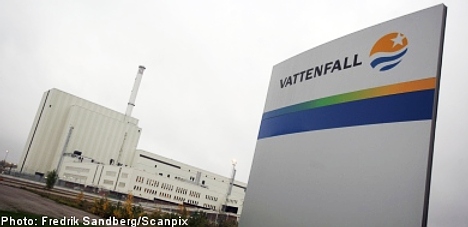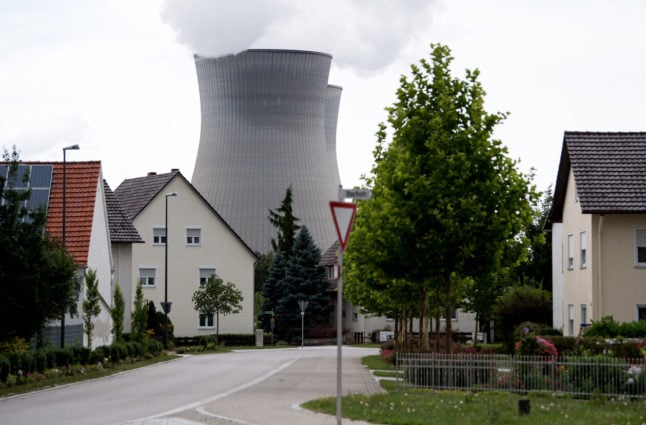“We’re working with the aim of being able to replace one of reactors that will be taken out of service in the 2020s,” Torbjoern Wahlborg told business daily Dagens Industri.
However, a decision on the matter could take up to ten years, he added.
Building a reactor would cost around 60 billion kronor ($9 billion).
“It’s a huge project where the economic and political circumstances both have to be right,” he said.
Defending the future of the industry, Wahlborg said: “Nuclear energy gives large amounts of electricity with the crucial advantage that it’s climate neutral.”
The Swedish parliament voted in June 2010 to authorize the replacement of the country’s nuclear reactors.
Two years later, Vattenfall asked the Swedish regulator to evaluate the conditions for replacing the group’s seven reactors, which will begin to shutter in the second half of the 2020s.
Vattenfall operates two out of three nuclear power plants in Sweden, where atomic power accounts for 35 percent of all electricity production.
The claims from Vattenfall comes two days after environmental advocacy group Greenpeace issued a report arguing that safety at Sweden’s nuclear power plants is so bad that all the facilities should be taken offline, citing a number of safety incidents in recent years.
AFP/The Local



 Please whitelist us to continue reading.
Please whitelist us to continue reading.
Member comments